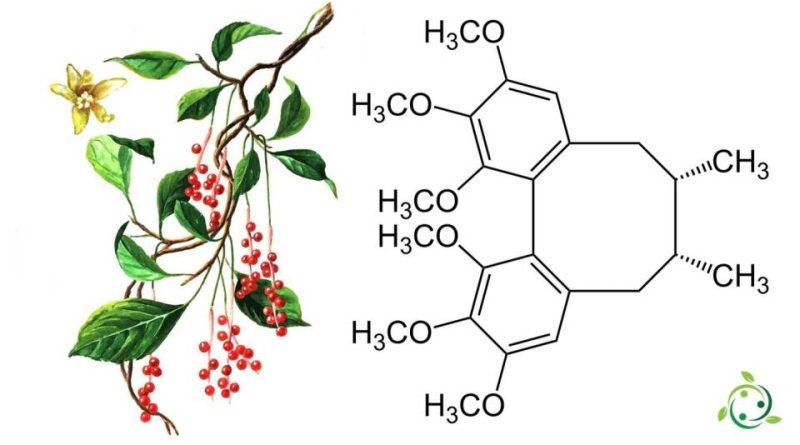Schisandrin
Schisandrin
Schisandrin is a compound of natural origin present in the Schisandra chinensis (Turcz.) Baill plant.
In the official IUPAC nomenclature, schisandrine takes the name of: (6R, 7S) -1,2,3,10,11,12-hexamethoxy-6,7-dimethyl-5,6,7,8-tetrahydrodibenzo [a, c ] [8] annulene.
Schisandrin has a brute or molecular formula: C24H32O6 and, in fact, under the name of Schisandrin there are three compounds which are: Schisandrin A, Schisandrin B (γ-schisandrin) and Schisandrin C.
In particular it has been seen that Schisandrin A, also known by the names of: Schizandrin A, Dimethylgomysin J or Deoxyschizandrin, acts as an agonist of the adiponectin receptor 2 (AdipoR2).
Many of the properties of schisandra are related to this molecule. Eating the berries of this plant is said to protect against cancer. In fact, a study published in the “International Journal of Molecular Medicine” revealed the anti-cancer effects of two phytochemical compounds present in the berry, Schisandrin A and Schisandrin C. In the study these two substances prevented the growth of cancer cells in a remarkable way.
The results led the researchers to conclude that these substances may be useful as agents for preventing cancer.
Another study has shown that Schisandra chinensis berries, in addition to cardioprotective effects, also have hepatoprotective effects carried out by the increase in antioxidants.
Furthermore, Schisandra chinensis is a safe and well tolerated plant. However, side effects have occurred such as: heartburn, digestive difficulties and hives.
For this reason, intake should always be checked under the careful advice of a doctor.
Warning: The information shown is not medical advice and may not be accurate. The contents are for illustrative purposes only and do not replace medical advice.

